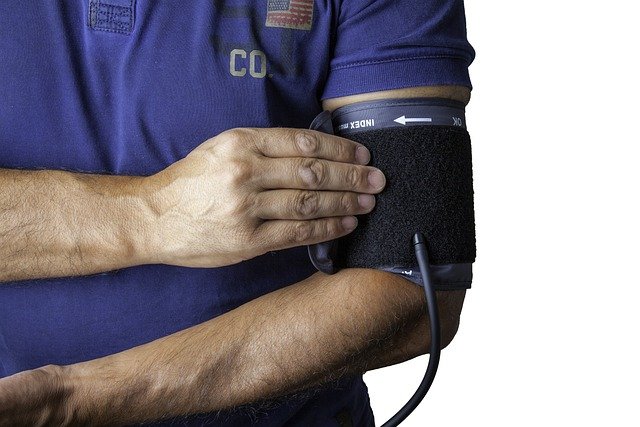Personalizing therapy with molecular profiling in HPV-related disease
Personalized treatment for HPV-related disease increasingly relies on molecular profiling to refine risk assessment and tailor therapy. By combining information from HPV testing, pathology, and targeted genomic assays, clinicians are better able to match interventions — from conservative management to systemic therapy — to the biology of disease and patient priorities such as fertility and quality of life.

This article is for informational purposes only and should not be considered medical advice. Please consult a qualified healthcare professional for personalized guidance and treatment.
HPV and molecular pathology
Molecular profiling begins with understanding HPV’s role in disease biology and how pathology integrates viral and host markers. Tissue-based assays and HPV genotyping can clarify whether lesions are driven by high-risk HPV subtypes and identify genomic alterations that influence progression. Pathology reports increasingly include molecular features — such as DNA/ RNA signatures and somatic mutations — that help stratify patients into groups with differing risks and treatment sensitivities. These molecular data complement traditional histology and inform individualized discussions about surveillance, surgical extent, or systemic therapy.
How screening and diagnostics guide therapy
Screening and diagnostics remain the gateway to personalized care. Primary HPV testing, cytology triage, colposcopy, and targeted biopsies define the extent of disease, while ancillary molecular tests refine risk estimates. Diagnostic precision reduces overtreatment for low-grade lesions and highlights patients who may benefit from early intervention. Combining imaging, cytologic evaluation, and molecular markers improves staging and helps select appropriate candidates for conservative management versus definitive therapy, aligning treatment intensity with objective diagnostic findings.
Surgery, radiation, and chemotherapy choices
Local and regional therapies — including surgery, radiation, and chemotherapy — are chosen based on stage, molecular features, and patient goals. Molecular profiling may indicate radiosensitivity or identify targets that predict response to specific chemotherapeutic agents. For early-stage disease, less radical surgery can be considered when molecular risk is low, while more aggressive approaches may be justified for high-risk molecular signatures. In advanced disease, chemotherapy regimens may be adapted alongside targeted or immune-based therapies identified through molecular characterization.
Role of immunotherapy and vaccination
Immunotherapy is an evolving option in HPV-related cancers where immune checkpoint inhibitors have shown activity in selected patients. Molecular profiling can reveal tumor mutational burden, PD-L1 expression, and viral antigen signatures that inform immunotherapy candidacy. Vaccination remains a cornerstone of primary prevention and, in research settings, therapeutic vaccine approaches are being evaluated to enhance immune responses in established disease. Integrating vaccination and immune-directed strategies with molecular data helps position immunotherapy appropriately within multimodal care.
Fertility, survivorship, and rehabilitation
Personalized care must account for fertility preservation and long-term survivorship planning. Molecular risk stratification can support fertility-sparing procedures for appropriately selected patients while ensuring oncologic safety. Survivorship care integrates rehabilitation services, psychosocial support, and monitoring for late effects of treatment. Molecular profiling may influence follow-up intensity and secondary prevention strategies, with rehabilitation programs tailored to treatment-related functional deficits and the patient’s goals for quality of life.
Managing toxicity, palliative care, and follow-up
Understanding the molecular drivers of disease can also help anticipate toxicity and guide supportive care. Personalized regimens aim to minimize unnecessary toxicity while maintaining efficacy; when curative intent is not possible, palliative approaches are informed by molecular prognosis and symptom burden. Follow-up plans are individualized based on recurrence risk and the biology of the tumor, with multidisciplinary teams coordinating pain control, nutritional care, and rehabilitation to preserve function and dignity throughout treatment and survivorship.
Conclusion Molecular profiling in HPV-related disease enhances precision across screening, diagnostics, local and systemic therapy, and long-term care planning. By integrating genomic and viral markers with pathology and clinical context, clinicians can make more nuanced decisions about surgery, radiation, chemotherapy, and immunotherapy while addressing fertility, toxicity, and survivorship concerns. Continued research and careful clinical application of molecular information aim to improve outcomes and tailor care to individual patient priorities.






